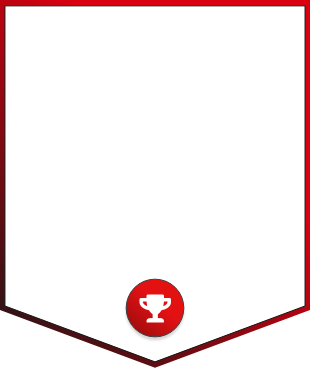Description:
We enable the production of sustainable seafood in urban and desert environments by replicating natural aquatic ecosystems in a modular and automated system called LARA - Land-based Automated Recirculating Aquaculture. With the help of sunlight, LARA converts CO2 directly into organic, chemically unimpaired seafood using phyto- and zooplankton as intermediary stages. This unique way of Aquaculture combines biology, energy engineering and computer science to ultimately decouple the production of animal protein from the ocean and from agricultural supply chains. By automating animal husbandry using IoT Internet of Things, machine learning and computer vision, capital and human resource costs are reduced significantly and create a highly scalable “plug and play” aquaculture system. The high degree of autonomy prevents the contamination of the end product seafood from microplastics, pesticides and any other environmental contamination. We strive to develop a hybrid business model by selling the hardware, Software as a Service and Biology as a Service to farmers, agriculture businesses a.o. to
diversify existing farming methods in the face of climate change. The ultimate goal is to produce affordable, sustainable and healthy seafood close to the consumer on any piece of land. Therefore, creating a highly valuable product for society and the environment.
Designed to fit into standardized 40-foot shipping containers, the technology is fully modular and can be scaled to fit both small- and large-scale farming operations in any environment.
LARA systems consist of modular units that interact with each other as can be observed in natural aquatic ecosystems. In the LARA system we distinguish between
the phytoplankton unit, the zooplankton unit and the fish unit.
In the phytoplankton unit, microalgae is grown under solar illumination. Phytoplankton are microscopic, photosynthetic organisms that are, as autotrophic organisms, able to "manufacture" their own food using energy from sunlight. In order to achieve maximum yields, great care is taken in the design process of the unit. Phytoplankton is exposed to ideal lighting conditions in borosilicate glass tubes. Tube positions are arranged by our own algorithm to maximize conversion efficiency from solar energy to chemical energy according to the geographical position and spatial orientation of the whole system. This microalgae (phytoplankton) is harvested on a continuous basis and then pumped into the zooplankton unit in which plankton such as Daphnia are grown under optimal conditions. Zooplankton is a valuable resource and the base of most aquatic food chains. Zooplankton is a term generally used for the multitude of microscopic and semi-microscopic invertebrate animals that exist in both seawater and freshwater. We farm zooplankton in the LARA system in order to replace fish meal. As invertebrates, zooplankton are even more efficient than insects in converting plant biomass into valuable animal protein. This efficiency significantly decreases the strain on the environment when compared to farming of warm blooded animals like cattle. The biomass grown in this way is transferred to a fish unit (Tilapia) in which different species of fish and crustaceans are grown. The wastewater and waste products of these fish are fed through a filtration- and conditioning system and are used as substrate for the photobioreactor unit, thus closing the cycle. The units are designed using the specification of standard shipping containers so they can be deployed economically using global logistic networks. The LARA system can be operated on a small, medium and large scale and is deployable in almost every environment.
